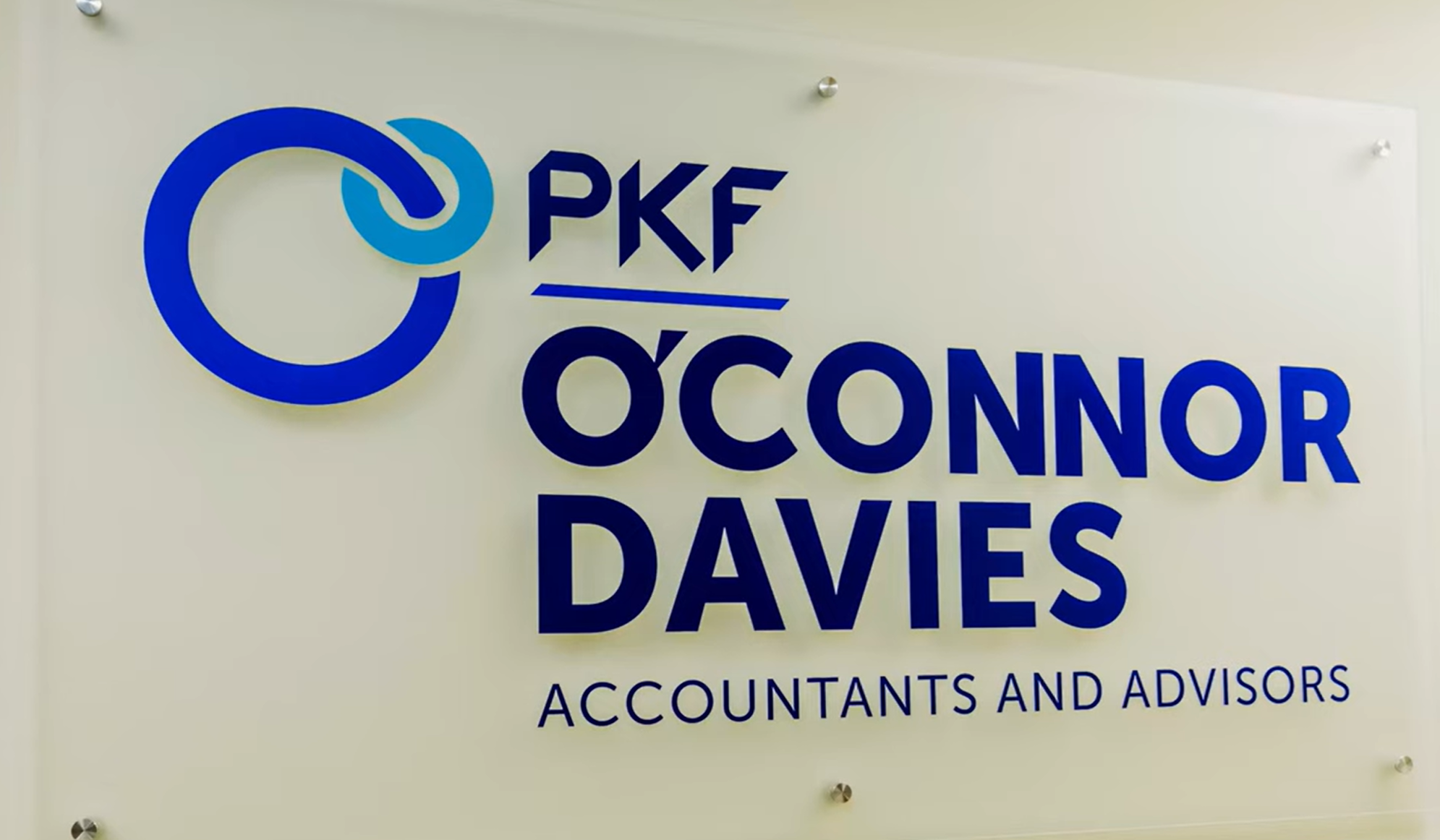Employee retention is a big deal, as a high turnover rate leads to greater recruiting, hiring, and training costs, as well as a lack of continuity and experience.
[This article first appeared on the SurePayroll blog.]
While some companies understand the importance of employee retention, others continue to overlook what this means to their organization. It is these companies that continually make mistakes that cost them their best employees.
Before we discuss the top ways to lose your employees, let’s examine some retention statistics shared by ERE Media:
- 33 percent of new hires quit their job after six months.Approximately 73 percent of companies have altered their onboarding process to improve their retention rate.
- 78 percent of business leaders consider employee retention “urgent” or “important.”
- Remote workers are less likely to quit their job.
- 33 percent of employees know whether they will stick with their company long-term after one week on the job.
- Approximately 35 percent of employees will begin their search for a new job if they do not receive a pay increase over the next year.
- 32 percent of companies expect employees to “job hop.”
Do you share the same views as other companies? Do you have the same concerns regarding new hires and more established employees?
Why You Are Losing Employees
Let’s face the facts: you can’t keep every employee happy at all times. There will always be people who are “down in the dumps” for one reason or the next. Furthermore, there are times when an employee will search for a new job, despite the fact that he or she loves their current position. This could be the result of a relocating spouse, too long of a commute, or a variety of other factors.
There are also internal decisions and factors that cause a high turnover rate. Below are 11 reasons why you may be losing employees.
1. Less Pay to Start
Even if you plan on bumping a person’s pay in the future, a low starting salary will put the relationship on rocky ground from day one.
The best way to combat this is to research competitor pay for each open position. This will give you a clear idea of what type of offer to make a potential employee.
2. Pay Cuts
The last thing you want to do is announce a pay cut. If you must do so, don’t be surprised when the backlash begins. Even if you have a good reason, such as a downturn in business, this is not something employees ever want to hear.
If you are forced to cut pay, if you have a good reason for doing so, don’t delay in making the announcement. Also, take the time to explain why this is happening and your plans for “reversing the course” in the future.
3. Don’t Pay Them Accurately
If you want an unhappy employee on your hands, try messing up their check. Making sure payroll is run correctly, direct deposit works and the appropriate deductions are made is a crucial function for an employer.
4. Unrealistic Expectations
There is nothing wrong with expecting a lot from your workforce. When you push employees in the right way, they may respond by performing at a higher level.
There is a fine line between pushing somebody to be their best and setting unrealistic expectations. If you go too far, you may find yourself disappointed in everything a particular worker does. Not to mention the fact that they will begin to feel underappreciated.
Not only should you set realistic expectations, but you must convey these to your employees. This ensures that everybody is on the same page.
5. Lack of Benefits
It is one thing to lag behind the competition in terms of pay. It is another thing entirely to lack in the area of employee benefits.
What type of health insurance plan do you provide? Do you match retirement contributions? Have you implemented any workplace wellness benefits?
If you don’t pay as much as the competition, do your best to offer a more comprehensive benefits package. This could make up for the fact that you aren’t able to offer a higher salary.
A recent SurePayroll survey found that only 28% of small businesses offer a 401k plan. However, 80% provide occasional lunches; 62% provide coffee; and 34% do company outings and offsite events.
6. Lack of Technology
Technology is running wild, and will continue to do so well into the future. From smartphones to tablets, you need to be on the cutting edge of the latest and greatest technology.
When you provide employees with top technology, they will find it easier to perform at a high level. Along with this, it provides a greater sense of excitement at the office.
7. Poor Work Environment
When was the last time you updated your company’s computer system? What are you going to do about those old chairs employees are forced to sit on? Has the time finally come to use partitions to give employees the privacy they deserve?
There is no easy way of saying it: a poor work environment will absolutely take a toll on your workforce. This has a way of dragging people down, eventually forcing them to seek another employment opportunity.
Also keep in mind when hiring that according to a SurePayroll survey, 20% consider the conditions of the bathroom before taking a job.
8. No Potential for a Promotion
The potential for future promotion is appealing to most job candidates. It’s one of the things research shows makes for an ideal workplace. People want to know that their hard work will pay off. They want to know that putting in their time will lead to more responsibility and money in the future.
If you tell people there is potential for a promotion in the future, make sure you have a policy of hiring from within (when possible). Making this promise and not following up on it is a sure fire way to scare employees away.
Qualified employees don’t want to feel like they are being passed over every time a better opportunity opens up. One time is bad enough. If this turns into a habit you can expect some employees to jump ship.
9. No Recognition or Rewards
You don’t have to recognize every employee for every “job well done.” But you should make it a habit to do this on a regular basis.
There are many benefits of employee recognition, including but not limited to:
- Increased productivity.
- Greater satisfaction.
- Relationship building between supervisors (company owners) and employees.
- Less impact due to stress and absenteeism.
It doesn’t cost any money (and very little time) to recognize an employee for meeting their quota, going above and beyond for a customer, or assisting a coworker.
If you want to take recognition one step further, it may be time to implement some type of rewards program.
This can be anything from a cash bonus to a gift card to a plaque. You don’t want to give out so many rewards that they lose meaning. However, you should do this often enough that employees understand that their hard work will generate additional benefits.
When you neglect to reward employees, they soon feel underappreciated. Conversely, even a small reward can go a long way in showing just how much you care about somebody.
10. Lack of Training
There is no denying the fact that training costs can add up over time. Even so, in depth training is something employees expect. Not to mention the fact that you need to properly train employees if you expect them to work at peak performance, day in and day out.
A lack of training can soon lead to a situation in which a person does not know what they are doing. This causes a variety of day to day struggles, eventually leading to a search for a new position.
Do your company a favor and dedicate enough time, money, and resources to training. This will go a long way in curbing your turnover rate.
11. Dishonesty
There is never a time when it makes sense to be dishonest with your employees. If you don’t have your honesty you don’t have anything.
You should be 100 percent open and honest with your workforce at all times. This gives them confidence that you will always do the right thing. It also improves the chance that they will be honest with you as well.
Note: dishonest behavior is contagious. If you partake in this, you should expect your employees to do the same. Soon enough, you will have a big problem.
Keep Accurate Records
Now that you understand some of the primary reasons for losing employees, you can alter your approach to fight against a high turnover rate in the future.
Here is something to keep in mind: even the best companies lose employees every now and again. This is particularly true in larger companies, such as those with 100 or more employees.
It is important to keep accurate records regarding employee turnover. Every time somebody leaves the company, answer this question: what was their primary reason for doing so? If you conduct an exit interview, this is a question you should never forget to ask. You may not always like the answer, but at least you will know if there is a problem you need to correct.
By avoiding these common mistakes, you can keep your best talent on board for many years to come.
——
This article first appeared on the SurePayroll blog: http://blog.surepayroll.com/ways-to-lose-your-employees. SurePayroll provides payroll, human resources and benefits solutions to small businesses and professional accountants.
Thanks for reading CPA Practice Advisor!
Subscribe Already registered? Log In
Need more information? Read the FAQs
Tags: Accounting, Firm Management




![voip[1]](https://www.cpapracticeadvisor.com/wp-content/uploads/2020/02/voip_1_.5e554fe8863d1.png)